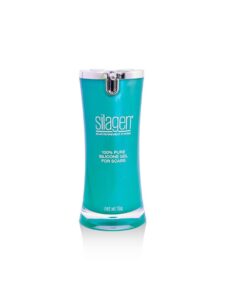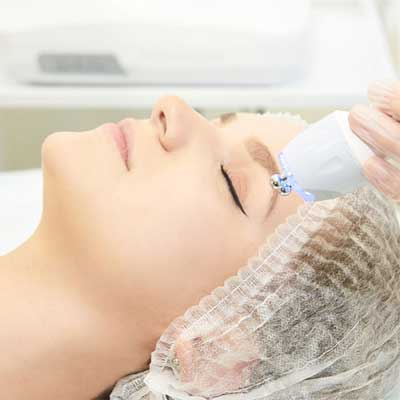Scar therapy: How to treat your scars at home or through professional treatment
Updated: April 6, 2022
Your skin is a valuable and seamless organ, covering all the crucial body parts lying underneath it. A simple tear or injury can change its appearance, resulting in a scar.
A board certified Plastic Surgeon will be able to help put the laceration site together with a layered technique to minimize skin tension and reduce scarring. We tend to use smaller sutures unlike other medical professionals and provide a skilled technique for repair.
The skin builds tissue to pull the wound together and fill in gaps with collagen. Over time, the scar will fade but some methods can speed up the process of making them appear less noticeable. Since scarring is a natural part of healing, here are our tips to obtain the best scar outcome.
Silicone scar gel
Silicone scar gel is an effective topical product that can reduce scarring. When a scar forms, it exhibits water loss as it heals. This stimulates keratinocytes (skin repairing cells) to signal the production of collagen. Excessive collagen production results in abnormal or thickened scarring. Silicone gel works by hydrating this epidermal layer, thus preventing more collagen from being produced. Essentially, silicone gel treatment prevents and can improve hypertrophic, or excessive, scarring.
Sunscreen
Scars are naturally sensitive and can especially be affected by sunlight. Sunscreen is a common product that blocks UV rays from affecting the skin. UV exposure can cause inflammation or radical formation. These factors can negatively affect the normal healing process. Sunscreen offers sun protection to reduce discoloration and accelerates the fading of the scar. Dr. Priti Patel recommends using a broad-spectrum sunscreen with an SPF of 30 or higher with a mineral component. To maximize its effectiveness, sunscreen should be reapplied regularly, at least every two hours and immediately after sweating or swimming. For even easier application, consider Silagen Scar Therapy Gel which combines the benefits of a medical grade silicone and mineral sunscreen.
Advanced Scar Treatments
Laser Resurfacing
Depending on an individual’s needs, plastic surgeons may recommend laser skin resurfacing treatments to penetrate through the skin’s layers in order to rejuvenate it. There are two types: ablative and non-ablative. Ablative laser resurfacing is primarily used for wrinkles, discoloration, and noticeable scarring because it removes the outer layer of skin (epidermis). Recovery time typically lasts two weeks and swelling and some oozing are common short term side effects of the treatment during the healing phase. This will be the most effective for scar reduction, however, comes with a longer recovery timeframe.
Non-ablative laser resurfacing is primarily used for skin texture and tone improvement because it does not remove skin layers and simply uses concentrated beams of light or energy. Recovery time is minimal and is milder than ablative laser resurfacing, although a number of non-ablative treatments are needed to see dramatic improvement. Patients can expect mild redness and swelling as side effects of the treatment.
Subcision vs. Microneedling
Subcision and microneedling are two similar techniques that improve the appearance of scars by breaking up the scar tissue. Subcision uses a large gauge needle, injecting it into scars at different depths, while microneedling uses a pen with multiple small needles that glide across the skin. In terms of epidermal treatment, microneedling can be beneficial in resurfacing the upper layers of the skin.
The mechanism of subcision can be more effective than microneedling with certain types of scars. It often takes fewer subcision treatments than microneedling treatments to achieve the same amount of improvement for deeper scars. While microneedling pens can only penetrate up to a depth of 2.5 mm, subcision can penetrate deeper into dermal scars. The latter also creates more space for collagen regrowth, while microneedling does not.
How do you choose what’s right for you?
As a patient, it can be overwhelming to select a procedure that best suits your needs. Scars are a sensitive aspect of one’s appearance and it is important to take all treatments into consideration. Consulting with Dr. Priti Patel, a New Jersey based Plastic Surgeon, is the most effective way to proceed with therapy.


